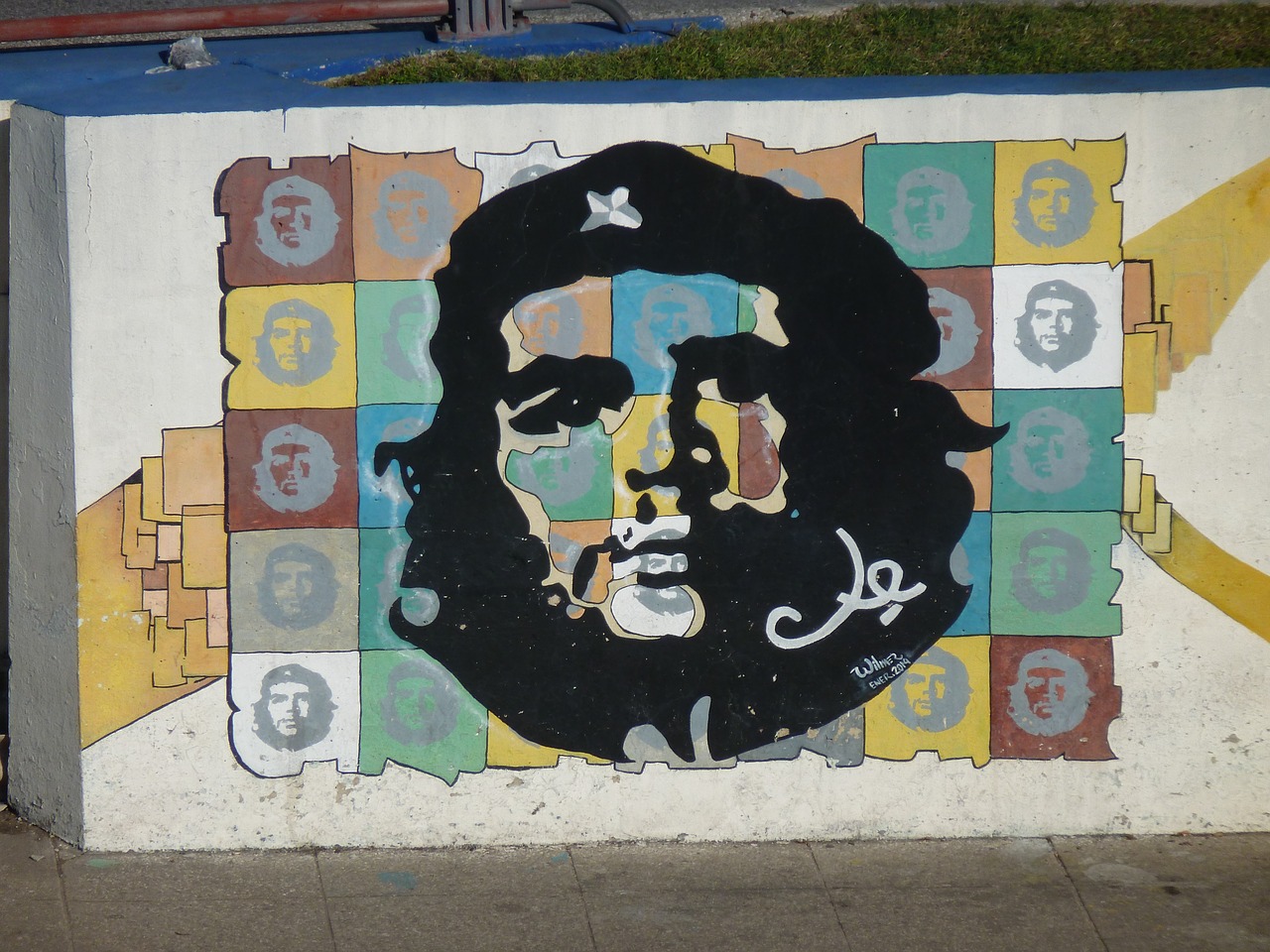At the end of April, the Americans began the war by blockading the northern coast of the island and beginning the shelling of the coast. Although little progress was made in the first days of the war, the action helped to strengthen military discipline and to win public support for the government: many Americans were unhappy that the outbreak of hostilities had been repeatedly postponed. In the American press, Sampson’s every action was portrayed as a feat, even if it involved the pointless and futile shelling of port towns from which civilians had not had time to leave.
On May 1 the first battle of the war took place: off the Philippine Islands, then also belonging to Spain, a battle between Admiral Devey’s American squadron and Admiral Monteno’s Spanish flotilla took place. In a few hours all the Spanish ships were destroyed by heavy artillery fire. The Americans were able to land their landing in the Philippines without any resistance, and in August, to make the islands part of their colonial empire. Not only did the locals not resist this, but they themselves actively fought the Spanish soldiers who remained in the Philippines.
On May 19, Cervera arrived in the port of Santiago, on the south coast of Cuba. Marshall Blanca, commander of the Spanish land forces, was already here. The American intelligence service, which had been working so diligently, failed this time, and Sampson did not learn of the arrival of Cervera’s squadron until a week later. In a hurry, measures began to be taken to deal with Cervera. American paratroopers began to move to the south coast. The landing took place in disarray and turmoil. Had Cervera ventured to strike the Americans at this very moment, he would have succeeded in inflicting great damage on the enemy army. However, the Spaniards were wary of starting a fight, so they ended up stranded with the fleet in port.
Marshal Blanca insisted on breaking the blockade immediately. Locked in the city along with the land army, the sailors had no control over anything, while the food supplies were running low. To make matters worse, the squadron that was to leave Spain was delayed (it later transpired that Admiral de la Camara, the leader of this flotilla, had been unable to get enough coal and had been forced to take his ships back to Cadiz).
On July 2, Cervera decided on a desperate move and took his ships (4 armored cruisers and 2 destroyers) out of port to engage the American flotilla (4 armored cruisers and 1 armored cruiser). As in the Battle of the Philippine Islands, the outcome of the battle was determined by American artillery. While Cervera attempted to maintain a unified battle order, the American ships performed a variety of maneuvers that allowed them to take the most convenient positions for firing. The Spanish ships were destroyed one by one by a flood of shells, causing little or no damage to the enemy squadron. The loss of life amounted to about 400 men and another 1800 sailors and officers, including Cervera, were taken prisoner. Madrid had no choice but to begin negotiations for peace.
